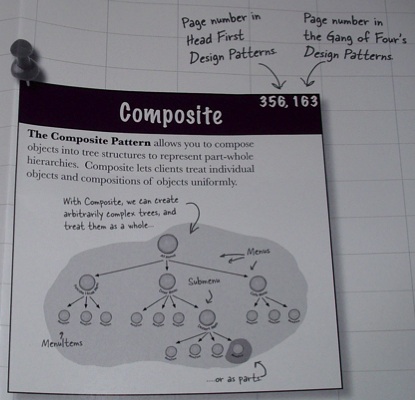I guess this post will not mean too much to the experienced Java developers out there, but this is something that I've found interesting.
onjava.com has posted an article about Prevailer. Prevailer is a framework that provides a prevalence layer for Java applications. But what does that mean?.
Instead of using a database or the native serialization mechanism, a prevalent system will take periodic screenshots of its state, and serialize them. Also, it will use command objects to perform the transactions that change the system state, and serialize them. That way, it ensures that the system is consistent.
Anyway, the article by Jim Paterson provides a complete example of implementation:
Prevalence: Transparent, Fault-Tolerant Object Persistence
